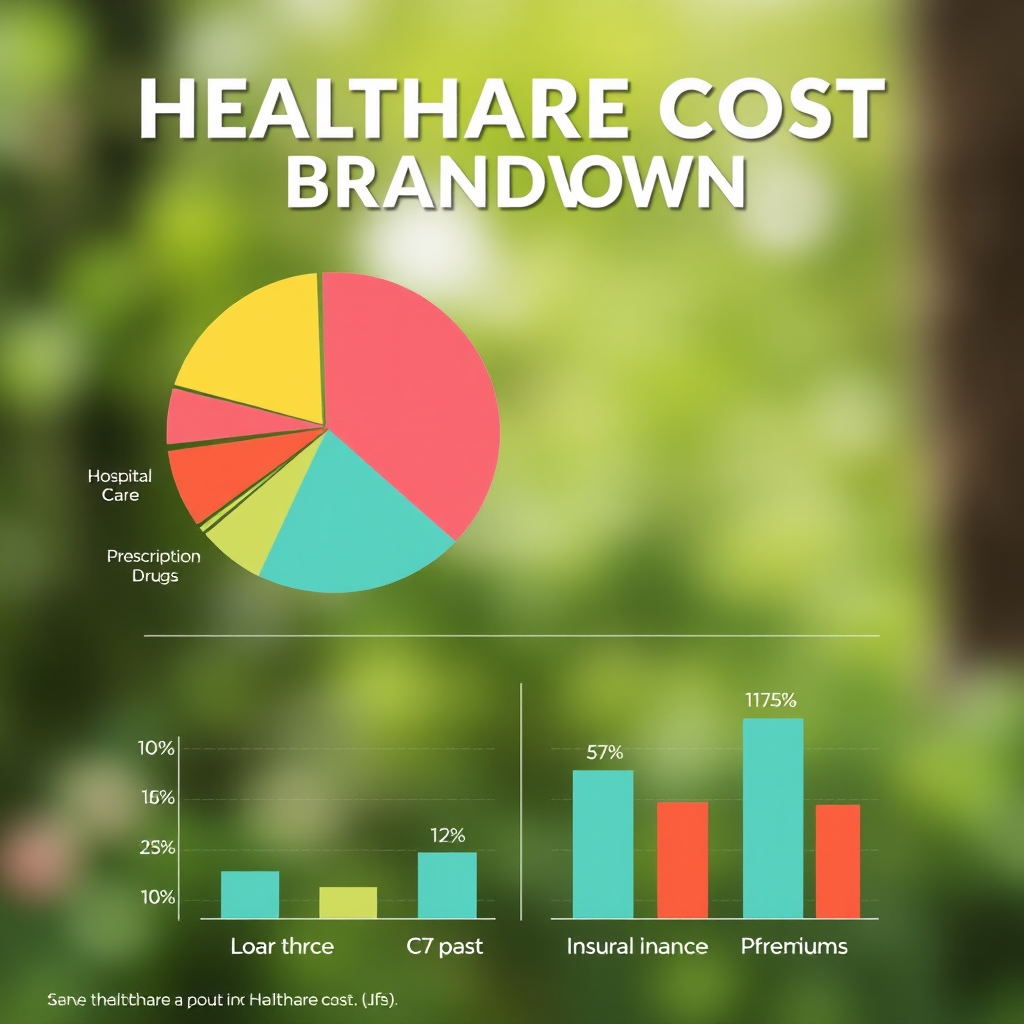New data reveals that healthcare expenses are outpacing wage growth for the third consecutive year, putting additional strain on American families. Our investigation explores the root causes, policy responses, and practical strategies for managing medical costs in today's economy.
Despite numerous reform efforts over the past decade, healthcare costs in America continue their relentless climb, creating a financial burden that affects millions of families across the nation. The latest data from the Bureau of Labor Statistics shows that medical expenses have increased by 8.2% over the past year, while average wages have grown by only 4.1%.
The Numbers Tell a Stark Story
For the average American family, healthcare now consumes nearly 18% of their total income, up from 12% just five years ago. This trend has accelerated despite policy initiatives aimed at controlling costs and improving access to affordable care.
Key Statistics:
- Healthcare costs up 8.2% year-over-year
- Average family spends $22,463 annually on healthcare
- Medical debt affects 1 in 4 American adults
- Prescription drug costs increased 12% this year

Root Causes Behind Rising Costs
Healthcare economists point to several interconnected factors driving the cost increases. Administrative complexity remains a significant contributor, with hospitals and clinics spending billions on billing and insurance-related paperwork that ultimately gets passed on to patients.
"The system has become increasingly fragmented," explains Dr. Sarah Martinez, a healthcare policy researcher at Georgetown University. "Patients often receive bills from multiple providers for a single procedure, creating confusion and inflated costs."
Major Cost Drivers Include:
Prescription Drug Prices
Specialty medications and brand-name drugs continue to see double-digit price increases annually.
Hospital Consolidation
Fewer competing hospitals in many markets leads to higher prices for services.
Administrative Overhead
Complex billing systems and insurance processes add significant costs to care delivery.
Technology Investments
While beneficial long-term, new medical technologies require substantial upfront investments.
Policy Responses and Their Limitations
Washington policymakers have attempted various approaches to address rising healthcare costs, but results have been mixed. The Affordable Care Act expanded coverage but didn't significantly slow cost growth. More recent initiatives focus on price transparency and drug pricing reforms.

Recent federal legislation requires hospitals to publish their prices online, but critics argue this transparency hasn't translated into meaningful cost reductions for patients. Similarly, efforts to allow Medicare to negotiate prescription drug prices have faced significant industry pushback.
"Reform efforts have been piecemeal rather than comprehensive. We need systemic changes that address the fundamental structure of how healthcare is priced and delivered in America."
Impact on American Families
The human cost of rising healthcare expenses extends far beyond statistics. Families across America are making difficult choices between medical care and other necessities. A recent survey found that 45% of Americans have delayed or skipped medical treatment due to cost concerns.
Jennifer Thompson, a teacher from Ohio, represents many Americans struggling with medical costs. "My husband's diabetes medication costs $340 per month even with insurance," she explains. "We've had to cut back on groceries and delay home repairs just to afford his prescriptions."
Skip medical care due to cost
Have medical debt in collections
Worry about affording care
Practical Strategies for Managing Medical Costs
While systemic reform remains elusive, individuals and families can take steps to better manage their healthcare expenses. Financial experts recommend several strategies that can help reduce the burden of medical costs.
Review your insurance plan annually and understand your deductibles, copays, and out-of-network costs. Many people pay more than necessary because they don't fully understand their coverage options.
- Compare in-network vs. out-of-network providers
- Understand your prescription drug formulary
- Know your preventive care benefits
Healthcare prices can vary dramatically between providers. For non-emergency procedures, it pays to shop around and compare costs.
- Use hospital price transparency tools
- Consider outpatient surgery centers
- Ask for cash discounts when paying upfront
Prescription costs can be reduced through various programs and strategies that many patients aren't aware of.
- Ask about generic alternatives
- Use manufacturer discount programs
- Compare prices at different pharmacies
- Consider mail-order pharmacy options
Looking Ahead: What's Next for Healthcare Costs
Healthcare economists predict that without significant policy intervention, costs will continue to outpace inflation and wage growth. However, some emerging trends offer hope for future cost containment.

Telemedicine adoption accelerated during the pandemic and continues to provide cost-effective care options. Value-based payment models are slowly gaining traction, rewarding providers for patient outcomes rather than volume of services. Additionally, increased price transparency requirements may eventually drive more competitive pricing.
Emerging Solutions:
- Expanded telemedicine services
- Value-based care models
